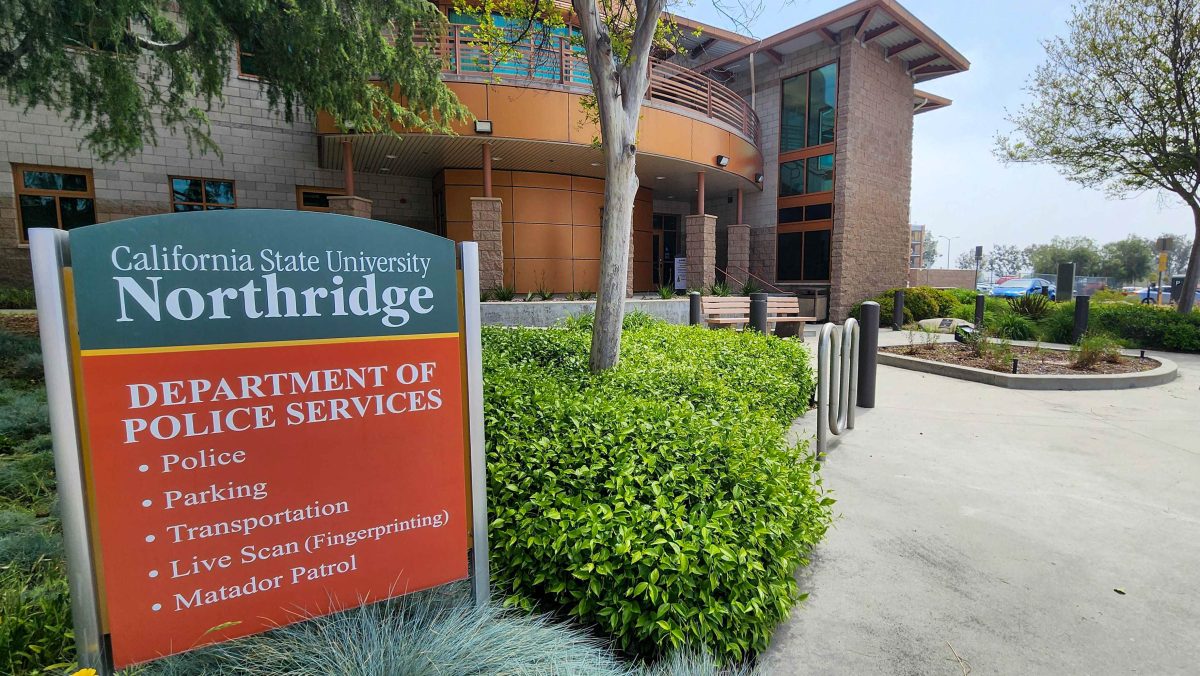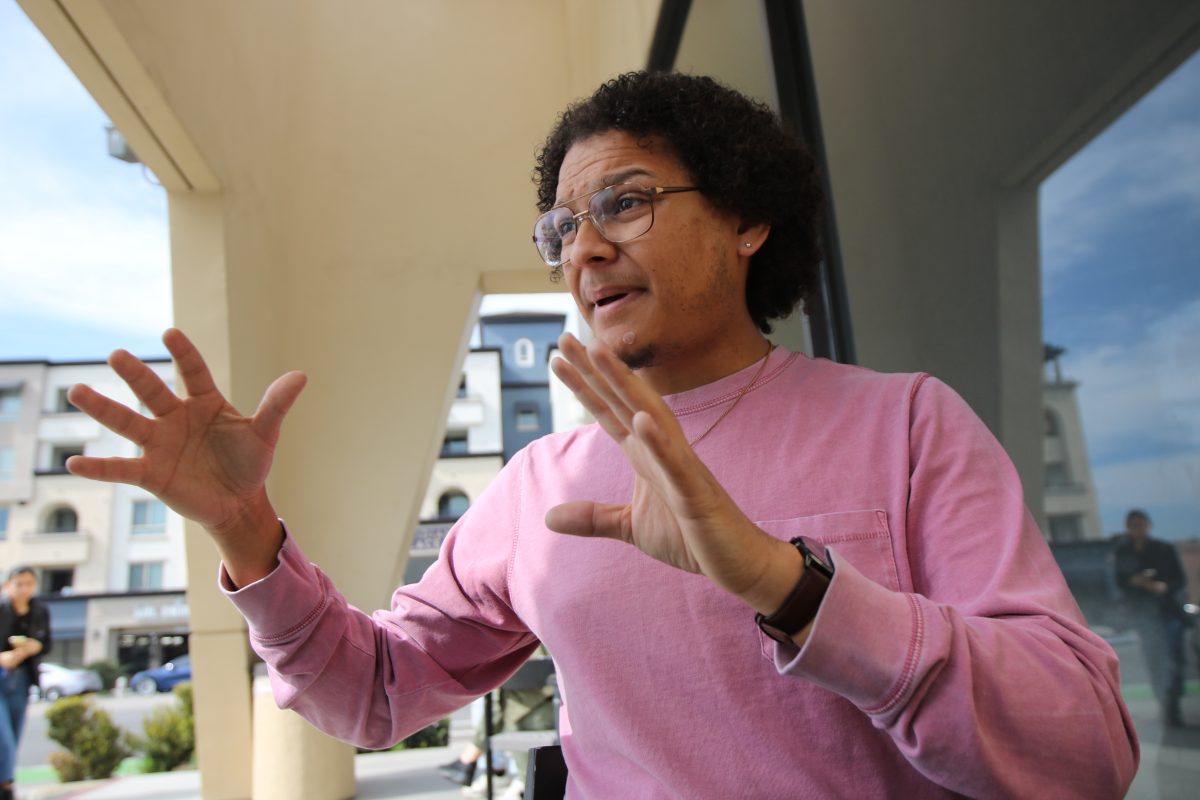Only 63 percent of LAUSD high school graduates go on to college, 12 percent less than the state average, according to the California Department of Education.
Students in surrounding districts, such as Glendale and Arcadia, go on to college at higher rates, over 75 percent.
The national average is 68.1 percent, according to the Bureau of Labor Statistics.
Jan Davis, administrative coordinator of LAUSD high school programs, said the data isn’t wholly accurate because it doesn’t factor in nonparticipating institutions.
“We don’t exactly know how the data vendors gather their data,” Davis said. “Some schools, like UC Berkeley, do not give out student information, so kids who go on to those universities won’t show up on the count.”
The data also may not include every student who went on to community colleges, Davis said.
“There’s no indication that community colleges are counted,” Davis said. “That would greatly impact the percentage because many kids, especially in the last couple of years, have been enrolling in community colleges because of the economy.”
The new system combines data collected by California Longitudinal Data System (CALPADS) and tracks graduated students from Aug. 16, 2008, to Aug. 15, 2009, and the National Student Clearinghouse, which compares students on file to those who have enrolled in college within 16 months of graduating, according to the official CDE website.
Paula Mishima, CALPADS program director, said some students who go on to community colleges aren’t counted.
“Community colleges don’t take the full names of students, so it’s harder to match up the data with the actual numbers,” Mishima said. “It’s not that they all aren’t counted, it’s just really hard to match the names community colleges report to the ones on the list, so the numbers may be off.”
Mishima said CALPADS is looking into this problem and plans to fix it by next year.
The numbers are also tainted because many students enrolled in high school either can’t afford college or don’t have citizenship, Davis said.
“Many of our students are socially or economically disadvantaged,” Davis said. “Also, some students are undocumented, meaning they didn’t have the papers needed to get into college.”
Flaws in the system are no excuse for being below the state average, Davis said.
“LAUSD continues to work with schools to make sure students are properly educated and college ready,” Davis said. “We’ve implemented a new rule for the incoming class of 2012, which states students must pass all courses needed to get into college, whereas before, all they needed to do was enroll.”
Kathleen Rowlands, CSUN’s education, professor said kids may not get accepted into college because they lack college-level English skills.
“To get into college, you have to be proficient in reading and writing,” Rowlands said. “Traditionally, in high school, the curriculum is based on fictional literature, but college courses are based more on academic essays and composition, so kids aren’t ready for them.”
Rowlands also said the LAUSD is underfunded, causing overcrowded classrooms.
“It’s not uncommon to see an English classroom with over 40 students,” Rowlands said. “You get better at writing by getting feedback, and overworked teachers may not always give proper feedback.”





